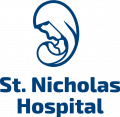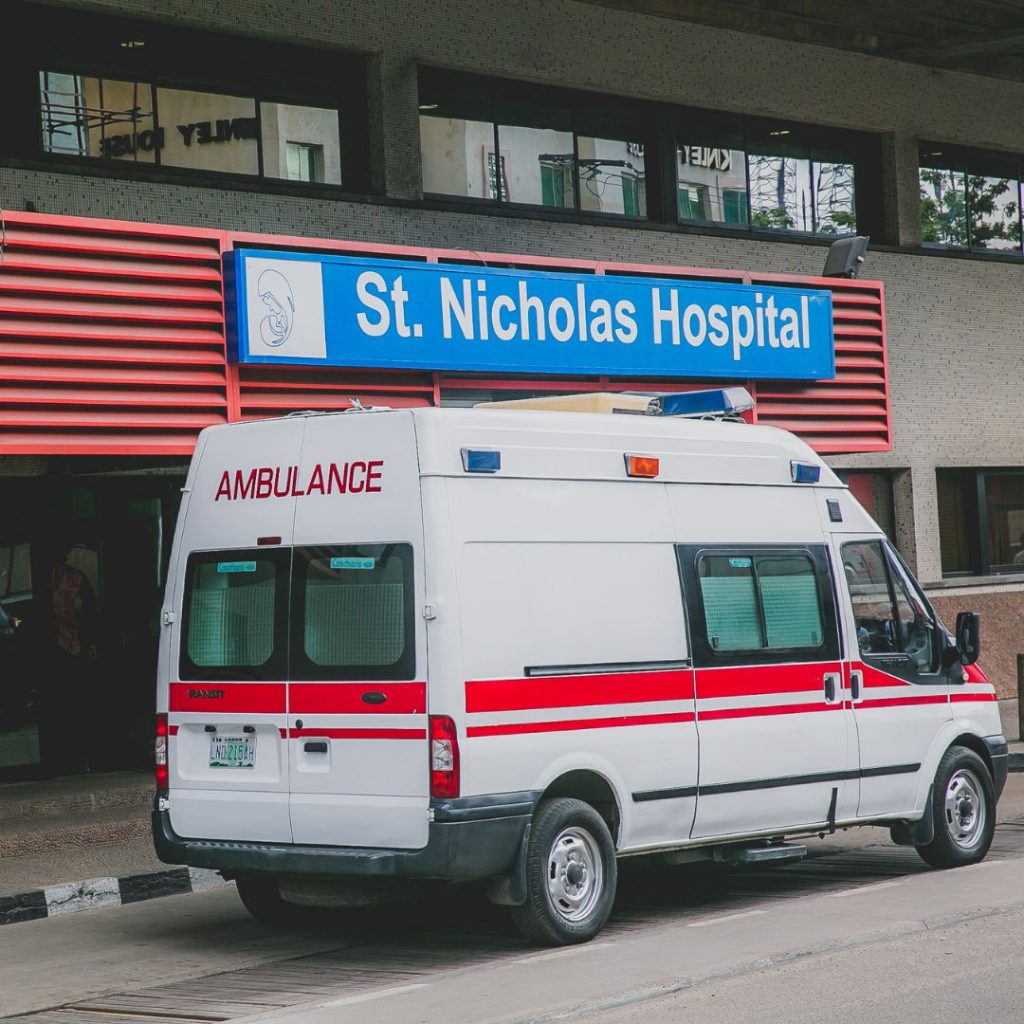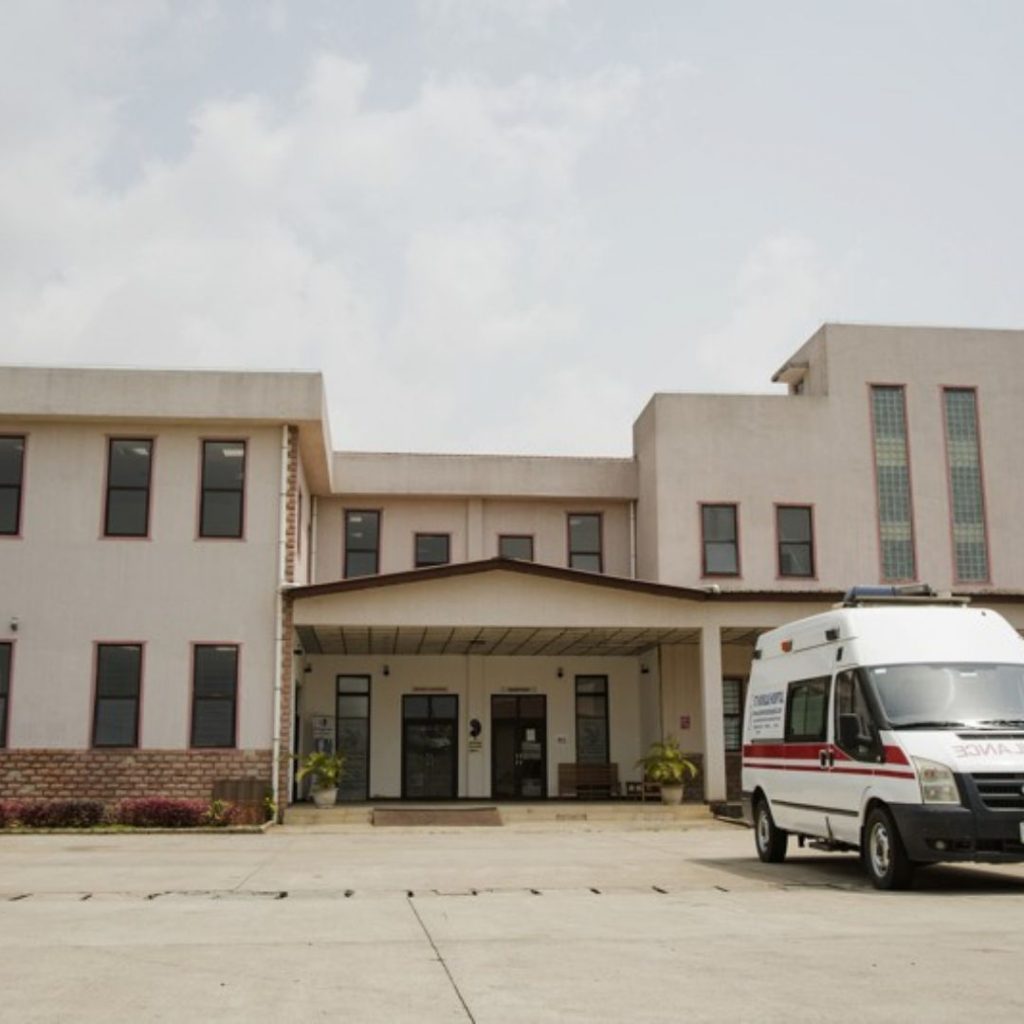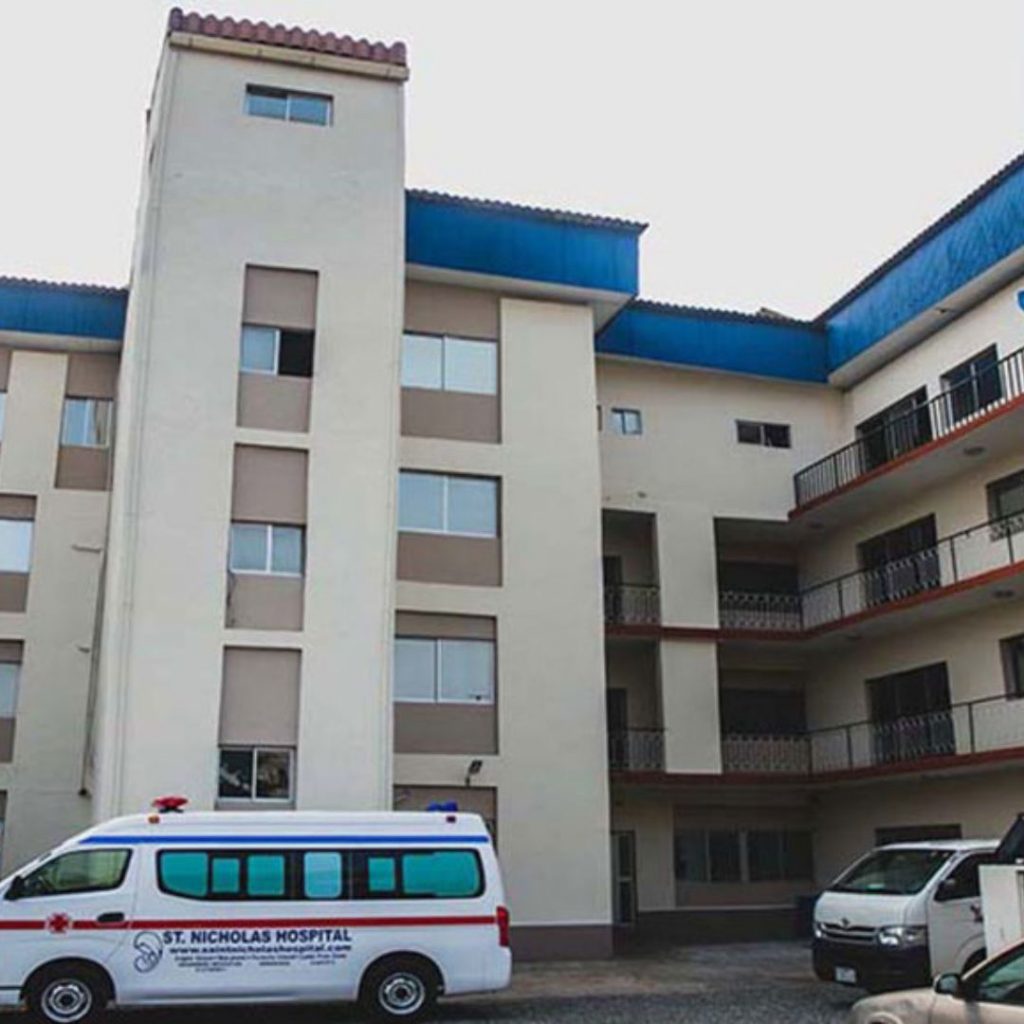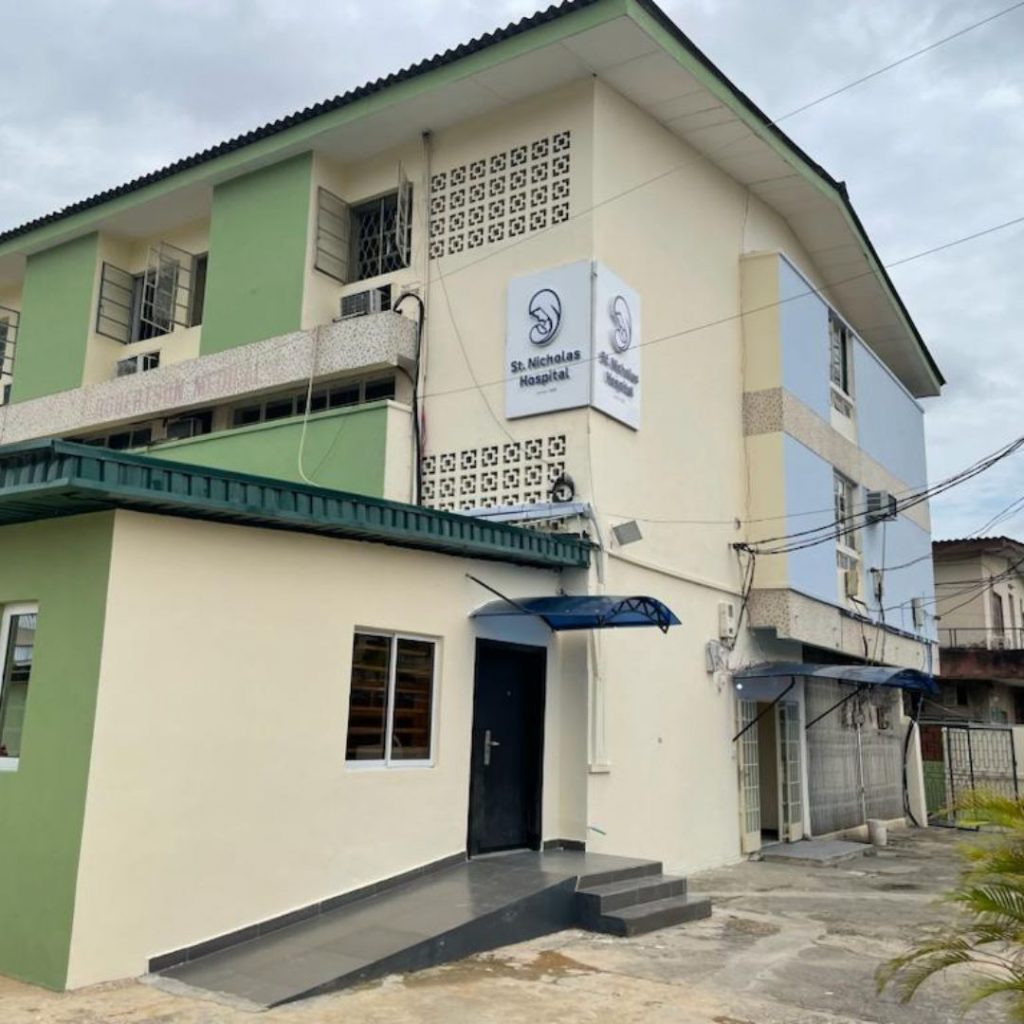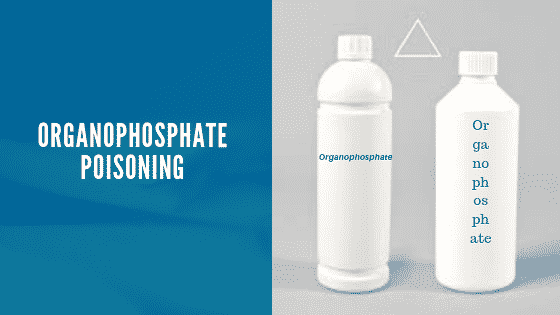PREVENTION: Prevention efforts include banning every toxic types of OP. Among those who work with pesticides the use of protective clothing and showering before going home is also useful.
General measures such as oxygen and intravenous fluids are also recommended. Attempts to decontaminate the stomach, with activated charcoal or other means, has not been shown to be useful. While there is a theoretical risk of health care workers taking care of a poisoned person becoming poisoned themselves, the degree of risk appears to be very small.
TREATMENT: Treatment begins with decontamination. Airway control and oxygenation are paramount. The mainstays of pharmacological therapy include atropine, pralidoxime, and benzodiazepines (eg, diazepam). Initial management must focus on adequate use of atropine. Optimizing oxygenation prior to the use of atropine is recommended to minimize the potential for dysrhythmias.
SIGNS AND SYMPTOMS: Signs and symptoms of OP poisoning can be divided into three broad categories: (1) Muscarinic effects, (2) Nicotinic effects, and (3) Central Nervous System (CNS) effects. Symptoms of exposure which typically appear within 30 to 90 minutes after exposures are due to the continuous stimulation of the muscarinic and nicotinic receptors.
Muscarinic symptoms include excessive secretion from mucus membranes, increased pulmonary and oropharnygeal secretions, pupillary constriction manifesting as diarrhoea, excessive urination, miosis, bronchorrhea, bradycardia, emesis, lacrimation and salivation, commonly tagged with the mnemonic ‘DUMBBELS’. Adrenal medulla activity manifest as increased sweating and garlic smell because of vicarious excretion, bradycardia, abdominal cramping and intestinal hypermotility.
Nicotinic activity results in autonomic nervous system stimulation manifesting as tachycardia, hypertension, sweating and rarely dilated pupil. Nicotinic overstimulation at the neuromuscular junction causes muscle weakness, fasciculation, fatigue and paralysis
OP toxicity is a clinical diagnosis. Diagnosis is typically based on the symptoms and can be confirmed by measuring butyrylcholinesterase activity in the blood; but typically, these results are not readily available.
PATHOPHYSIOLOGY: The underlying mechanism involves the inhibition of acetylcholinesterase (ACHE), leading to the buildup of acetylcholine (ACh) in the body. AChE is an enzyme that degrades the neurotransmitter acetylcholine (ACh) into choline and acetic acid. ACh is found in the central and peripheral nervous system, neuromuscular junctions, and red blood cells (RBCs).
OP can be absorbed cutaneously, ingested, inhaled, or injected. Although most patients rapidly become symptomatic, the onset and severity of symptoms depend on the specific compound, amount, route of exposure, and rate of metabolic degradation.
MANAGEMENT OF OP POISONING DECONTAMINATION: The first step in the management of patients with organophosphate poisoning is putting on personal protective equipment. These patients may still have the compound on them, and you must protect yourself from exposure. Health care providers must avoid contaminating themselves while handling patients. Use personal protective equipment, such as neoprene gloves and gowns, when decontaminating patients because hydrocarbons can penetrate nonpolar substances such as latex and vinyl. Use charcoal cartridge masks for respiratory protection when decontaminating patients who are significantly contaminated.
Secondly, you must decontaminate the patient. This means removing and destroying all clothing because it may be contaminated even after washing. Gently cleanse patients suspected of organophosphate exposure with soap and water because organophosphates are hydrolyzed readily in aqueous solutions with a high pH.
Irrigate the eyes of patients who have had ocular exposure using isotonic sodium chloride solution or lactated Ringer’s solution.
In the case of ingestion, vomiting and diarrhea may limit the amount of substance absorbed but should never be induced. Activated charcoal can be given if the patient presents within 1 hour of ingestion, but studies have not shown a benefit.
MEDICAL CARE: Airway control and adequate oxygenation are paramount in organophosphate (op) poisonings. Intubation may be necessary in cases of respiratory distress due to laryngospasm, bronchospasm, bronchorrhea, or seizures. Immediate aggressive use of atropine may eliminate the need for intubation. Succinylcholine should be avoided because it is degraded by plasma cholinesterase and may result in prolonged paralysis. In addition to atropine, pralidoxime and benzodiazepines (e.g. diazepam) are mainstays of medical therapy . The definitive treatment for organophosphate poisoning is atropine, which competes with acetylcholine at the muscarinic receptors. The initial dose for adults is 2 to 5 mg IV or 0.05 mg/kg IV for children until reaching the adult dose. If the patient does not respond to the treatment, double the dose every 3 to 5 minutes until respiratory secretions have cleared and there is no bronchoconstriction. In patients with severe poisoning, it may take hundreds of milligrams of atropine given in bolus or continuous infusion over several days before the patient improves.
Pralidoxime also should be given to affect the nicotinic receptors since atropine only works on muscarinic receptors. Atropine must be given before pralidoxime to avoid worsening of muscarinic-mediated symptoms. A bolus of at least 30 mg/kg in adults or 20 to 50 mg/kg for children should be given over 30 minutes. Rapid administration can cause cardiac arrest. After the bolus, a continuous infusion of at least 8 mg/kg/hr for adults and 10 to 20 mg/kg/hr for children should be started and may be needed for several days. Central venous access and arterial lines may be needed to treat the patient with organophosphate toxicity who requires multiple medications and blood-gas measurements. Continuous cardiac monitoring and pulse oximetry should be established; an electrocardiogram (ECG) should be performed. Torsades de pointes should be treated in the standard manner. The use of intravenous magnesium sulfate has been reported as beneficial for organophosphate toxicity. The mechanism of action may involve acetylcholine antagonism or ventricular membrane stabilization.
SURGICAL CARE: Patients with trauma or blast injury should be treated according to standard advanced trauma life support (ATLS) protocol. Patient decontamination should always be considered to prevent medical personnel poisoning.
INPATIENT CARE: Because of risks of respiratory compromise or recurrent symptoms, hospitalizing all symptomatic patients for at least 48 hours in a high acuity setting is recommended. Patients who are asymptomatic 12 hours after organophosphate exposure can be discharged since symptom onset should usually occur within this time frame. Optimal recommendations are made on a case-by-case scenario. Following occupational exposure, patients should not be allowed to return to work with organophosphates until serum cholinesterase activity returns to 75% of the known baseline level. Also, establishing baseline cholinesterase levels for workers with known organophosphate exposure is recommended
It is vital that health care providers working at primary and secondary level facilities should be informed of the hazards, clinical presentation of accidental organophosphate poisoning in children, and the key steps in its management.
REFERENCE
